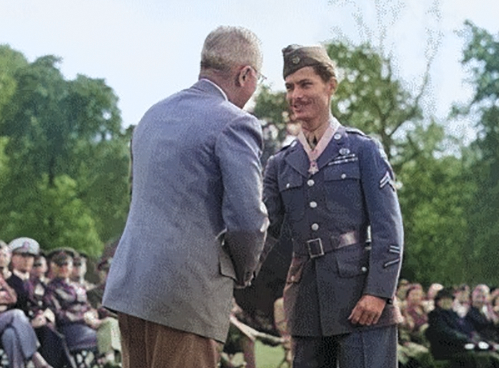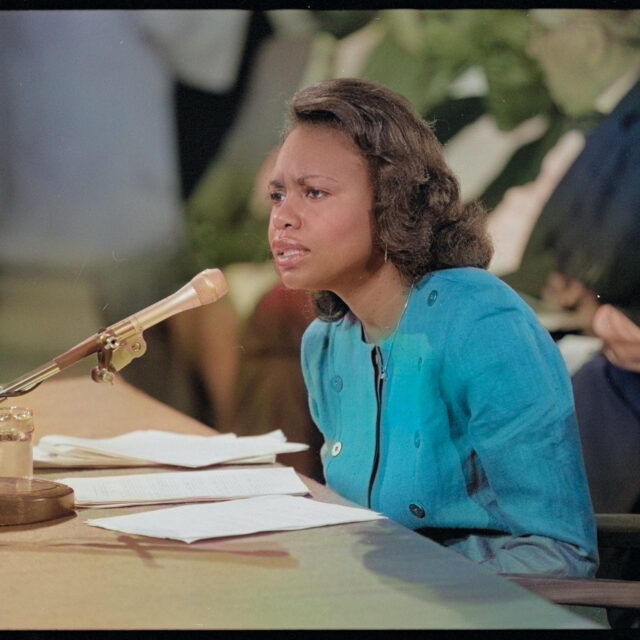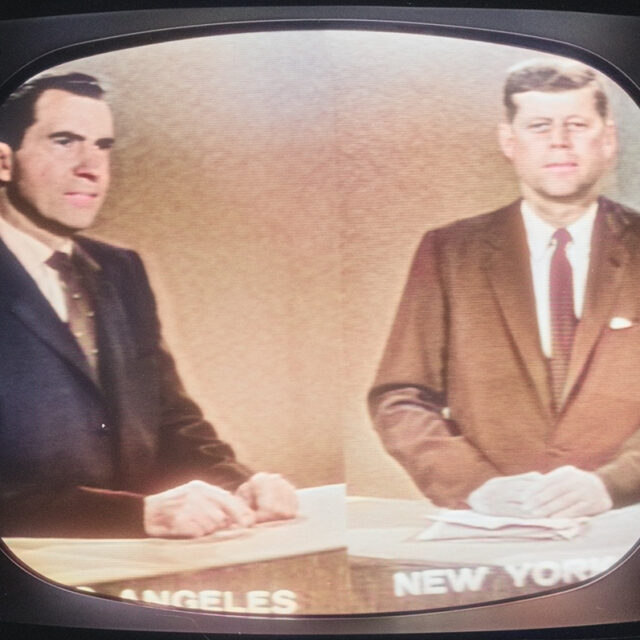
#OTD20 | October 10, 1986
Reagan-Gorbachev Reykjavik Summit: High Hopes, No Agreement
October 10, 1986: U.S. President Reagan and Soviet leader Mikhail Gorbachev engage in a historic meeting in Reykjavik, Iceland.
The Reykjavik summit becomes a symbol of the complexities of Cold War diplomacy. Both leaders come to the table with a shared vision for nuclear disarmament, especially around the Strategic Defense Initiative (SDI).
"We made generous and sweeping proposals for arms control. It was the Soviet Union that backed away." - President Reagan, post-summit remarks
Despite the optimism leading up to the talks, no substantive agreements emerge. The summit ends with a sense of missed opportunity, but it sets the stage for future dialogues and eventual breakthroughs in U.S.-Soviet relations.
The Reykjavik encounter, while devoid of immediate results, serves as a stepping stone towards the eventual end of the Cold War and a more stable global order.
Viewing Options
The Reagan-Gorbachev era is chronicled in our epic classroom survey, "Cold War."
Additional Resources
Access more information from Media Rich Learning and curated off-site sources.
Remarkably social












